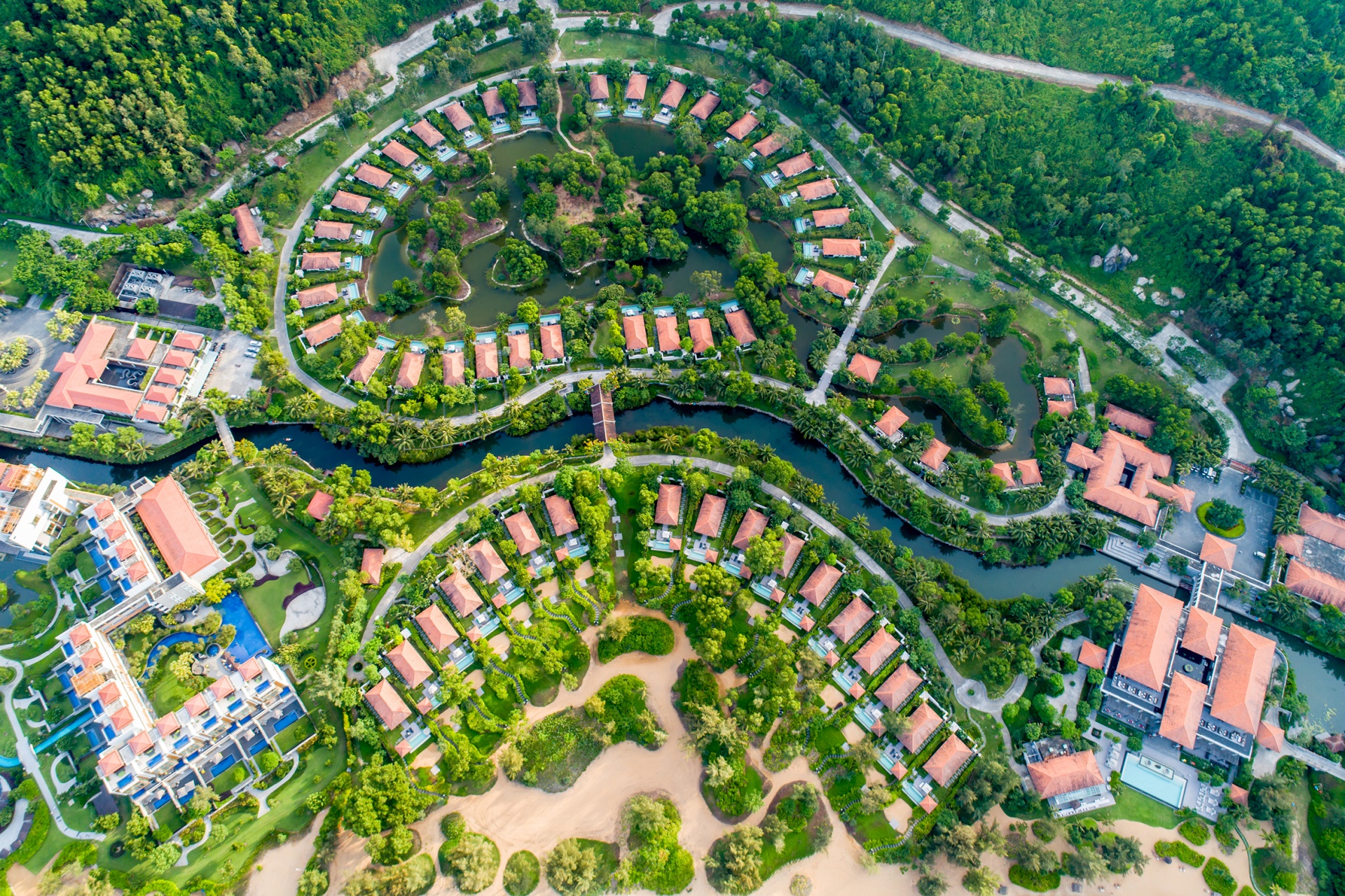Number of Vietnam's hotels and resorts tripled in last decade
 |
| International and regional operators tend to focus on key markets |
About 64 regional and international hotel brands have been present in Vietnam. Mauro Gasparotti, director of Savills Hotels APAC, said many hotel owners and operations teams are restarting their businesses, recruiting, training, and promoting to anticipate the wave of recovery in the international market.
"I hope hotels with a global distribution system and communication network can take advantage to accompany Vietnam's tourism industry in promoting and attracting international guests back," said Gasparotti.
Savills Hotels said that, while in the past, international and regional operators focuses on key markets such as Ho Chi Minh City, Hanoi, Nha Trang, Danang, and Phu Quoc, currently, developing tourist destinations – such as Ho Tram (Vung Tau), Dalat, Phan Thiet, and Quy Nhon – are also receiving much attention.
The presence of international brands in these growing destinations will create momentum to attract more investors and contribute to increasing awareness to render them international destinations in the future, Gasparotti said.
In general, the trend of cooperation between investors and international brands is expected to increase the competitiveness in the market, as well as bring a wider customer base, especially foreign customers.
According to Mauro, more countries in the region are gradually resuming tourism activities, such as Thailand, Indonesia, and Cambodia.
"To compete and assert its position on the international map, Vietnam's tourism industry needs to further promote communication, advertising, and other activities. This requires synchronous coordination from agencies, departments, local authorities, organisations, and businesses operating in the field," he emphasised.
What the stars mean:
★ Poor ★ ★ Promising ★★★ Good ★★★★ Very good ★★★★★ Exceptional
Related Contents
Latest News
More News
- Free tickets, Lunar New Year promotions on offer at Vietjet Mega Livestream (November 26, 2025 | 15:32)
- UNIQLO unveils upgraded heat-retention wear at Hanoi event (October 26, 2025 | 10:00)
- Vietnam named among world’s top four culinary destinations (October 24, 2025 | 17:09)
- Vietnam and Denmark strengthen dialogue on sustainable fashion (October 20, 2025 | 09:11)
- Fusion rolls out special initiatives to celebrate Vietnamese Women’s Day (October 17, 2025 | 20:00)
- Showcase AC 2025 set to light up Hanoi stage (September 12, 2025 | 18:06)
- Hotel Indigo Saigon The City hosts event to reimagine city’s beloved alleyways (July 23, 2025 | 17:04)
- UNIQLO’s sustainability strategy behind the brand's global growth (June 23, 2025 | 15:42)
- Vietnam International Travel Mart 2025 kicks-off in Hanoi (April 10, 2025 | 17:50)
- Phu Quoc named as one of Asia's 'Best Islands' (March 13, 2025 | 10:24)

 Tag:
Tag:






















 Mobile Version
Mobile Version